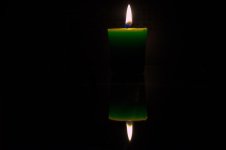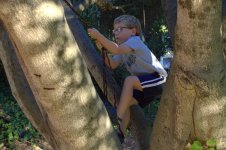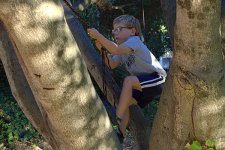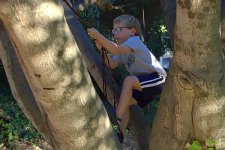Hi All, have a question for the folks that have used more mid- and professional-quality DSLRs.
Are the D3200 pics taken at ISO > 200 more grainy / noisy than mid-level and higher-end cameras?
I notice that in low-light situations of all sorts -- indoors, overcast, shadowy, etc. -- taking 'action pics' (5-year old and his buddies) I cannot get a 'tack-sharp' picture at all.
Lens is the 18mm - 55mm kit lens (F/3.5 - F/5.6) VR1.
In good lighting ISO100 and ISO200 pics come out terrific, but ISO400 and up seem too noisy.
I shoot in Manual with Raw-only images, Auto-ISO off and have read several articles that suggested the D3200 doesn't perform well at ISO400+...
Things I'm going to try for low-light situations:
1. Set Image Size down to Small (6MB) from Large (24.1MB)
2. Set Image Quality to JPEG Fine from RAW...
I'm also planning on renting a more mid-level camera to see if it's operator error -- a D750, etc.
Thanks, all!
Are the D3200 pics taken at ISO > 200 more grainy / noisy than mid-level and higher-end cameras?
I notice that in low-light situations of all sorts -- indoors, overcast, shadowy, etc. -- taking 'action pics' (5-year old and his buddies) I cannot get a 'tack-sharp' picture at all.
Lens is the 18mm - 55mm kit lens (F/3.5 - F/5.6) VR1.
In good lighting ISO100 and ISO200 pics come out terrific, but ISO400 and up seem too noisy.
I shoot in Manual with Raw-only images, Auto-ISO off and have read several articles that suggested the D3200 doesn't perform well at ISO400+...
Things I'm going to try for low-light situations:
1. Set Image Size down to Small (6MB) from Large (24.1MB)
2. Set Image Quality to JPEG Fine from RAW...
I'm also planning on renting a more mid-level camera to see if it's operator error -- a D750, etc.
Thanks, all!




